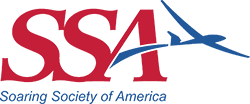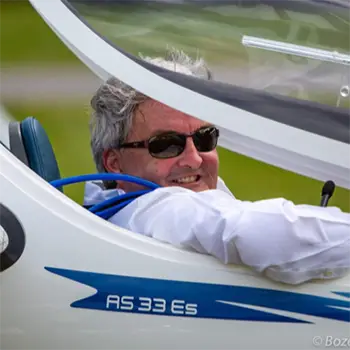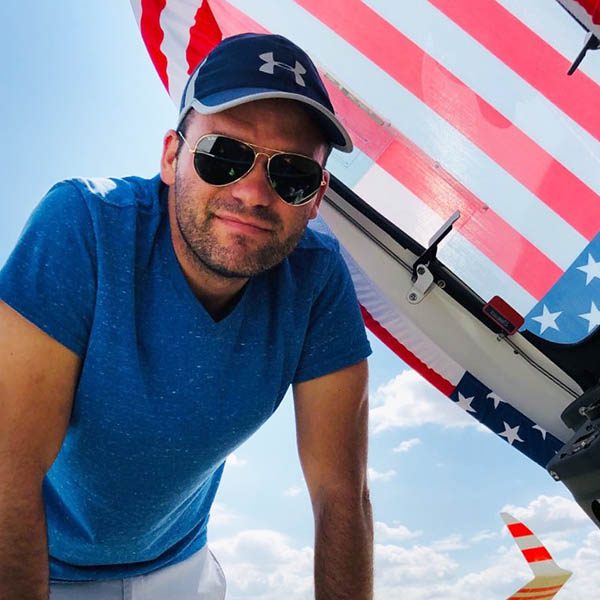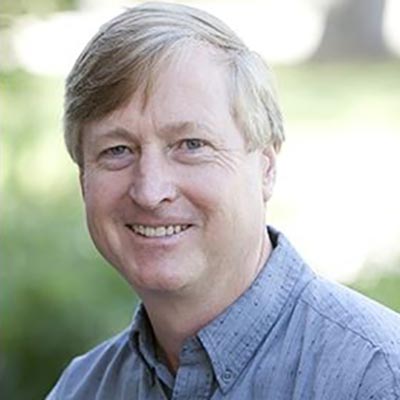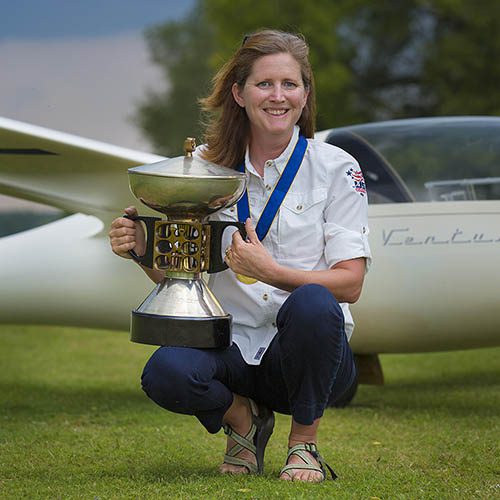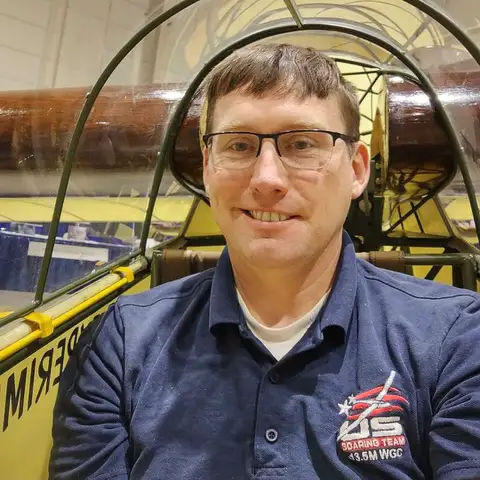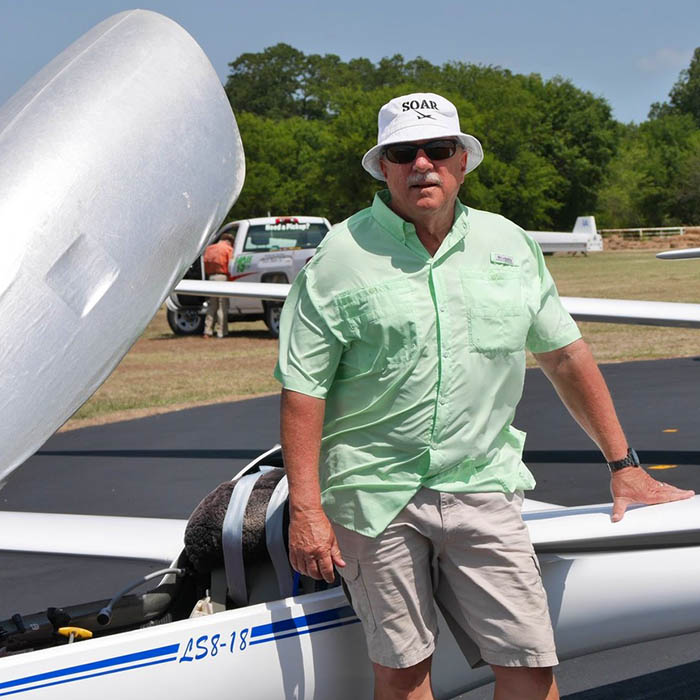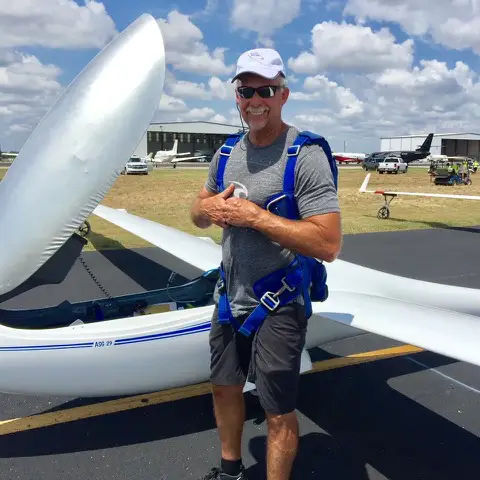Racing Sailplanes
Racing sailplanes are the most efficient flying machines ever designed, converting 1′ of altitude into 50′ of forward progress. Racing season starts in early Spring & finishes in late Fall. Contests range in size from local inter-club meets to regional and national competitions. Regionals have a 3-day minimum, while Nationals are 4 days up to 10. Races can be a 100 or even over 450-mile-long tasks with up to 60 sailplanes participating. Sailplane racing is a competitive sport and without a power source, pilots must find the best lift sources and optimize cruise speeds for lift conditions. Many races are won or lost during the last 30-mile sprint to the finish line, where pilots use experience, glide-slope computers, and a bit of luck to convert altitude into an optimal ‘final-glide’ velocity. Racing sailplanes carry GPS loggers that record the entire flight, calculating speeds and verifying that contestants rounded turnpoints properly. The fastest pilot around the course wins that day and gets 1000 points – and the others receive prorated points based on a ratio to the winning speed. Daily points are added to get an accumulated score and the pilot who has the most points at the end of the contest is the winner.
2023 US TEAMS
US Teams are selected yearly by the SSA and go on to represent the United States at World Gliding Championships (WGC), the Olympics of Soaring, and is the highest accolade for any soaring racing pilot.
CONTEST TYPES
CLASSES
RACING NEWS
Team USA Report – International Nite Revisited & Smoke Arrives
International Night ~ Revisited International Nite was last night from 7 to about 9 [...]
Team USA Report – Got Wind & Smokey Skies?
No task today. Unfortunately, the weather did not go our way today. The weather [...]
Team USA Report – Got thunderstorms?
No task today.Maybe later today? Contest Management was expecting severe thunderstorms later this afternoon. They [...]
Team USA – Contest Day #3: Double Club Class Landout
The weather forecast called for a low blue day, with 3-4 kt climbs to 4,000 [...]

